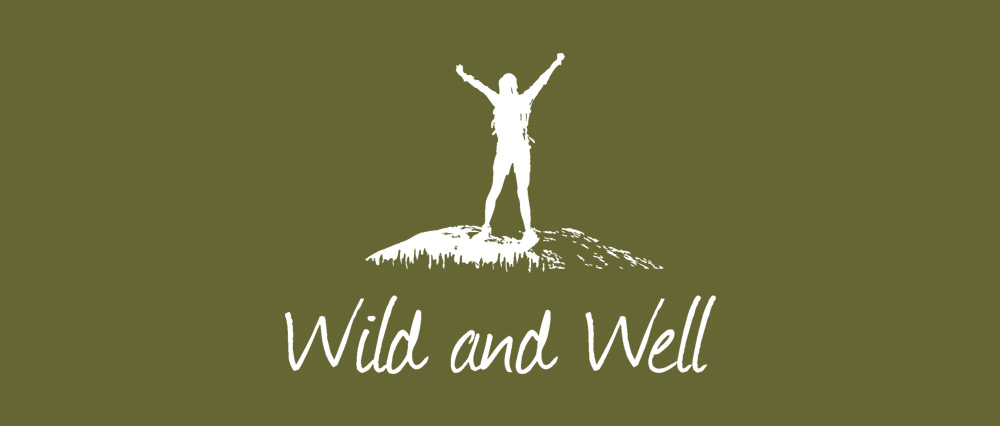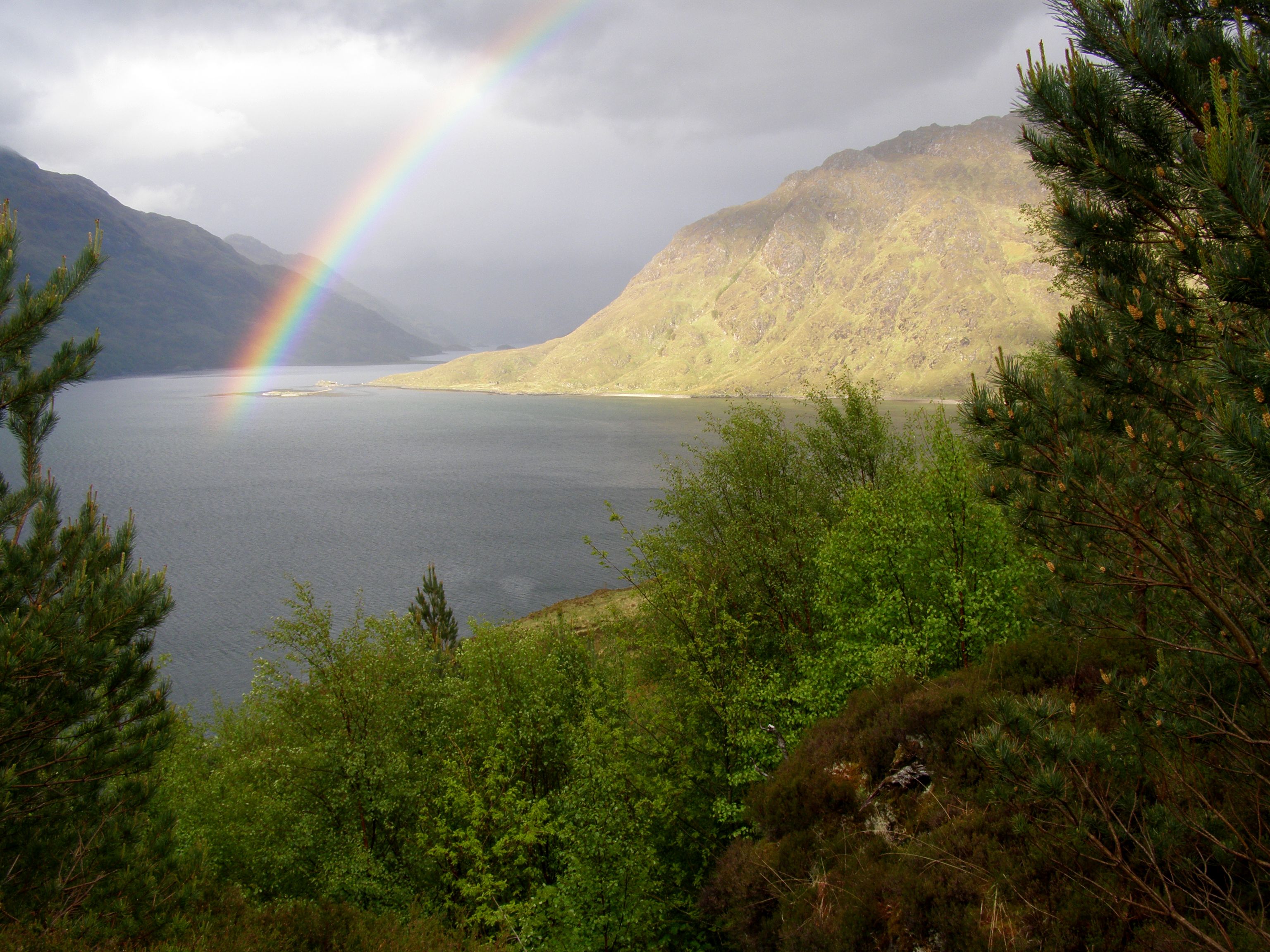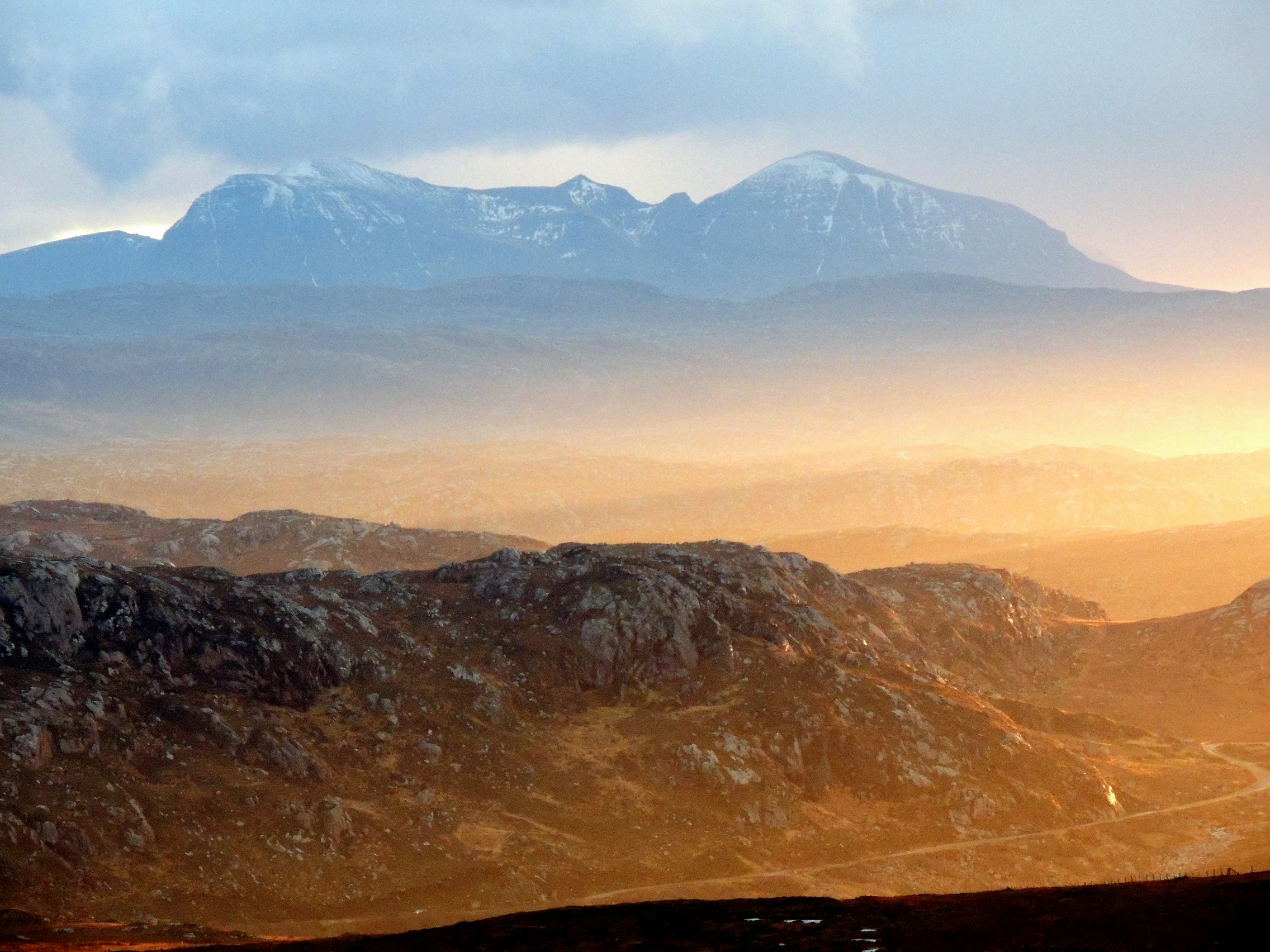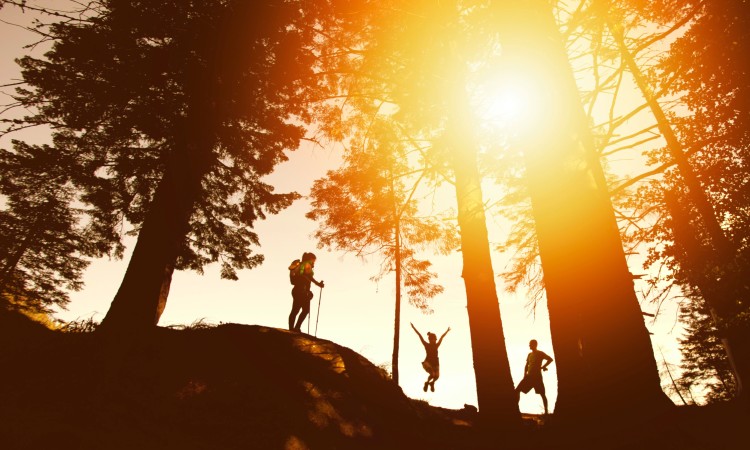Wild and Well: 12 ways to connect with nature
Connecting with nature is vital for our mental and spiritual well-being. Ali Wright shares a dozen ways to re-ignite the spark of life when we feel stressed, anxious or depressed.
It’s all too easy in modern life with all its demands, distractions and depressing news to feel overwhelmed, alienated or despairing. Almost as if we weren’t made to live like this. Society has got more and more complicated and yet we are still the same beings that evolved in wild places over millennia.
When you think about it, it’s obvious that we’re not separate from nature – we’re made of the same stuff. We don’t just drop out of our mother’s wombs like aliens in a strange land. We’re part of a long chain of evolution that stretches back to the origins of the universe. And the food we eat, the water we drink and the air we breathe literally becomes us briefly before recycling back into the earth.
As the great 20th century philosopher, Alan Watts, says: “It’s not true that you came into this world. You came out of it, in the same way a flower comes out of a plant or a fruit comes out of a tree. An apple tree apples, the solar system peoples…You are a function of this total galaxy.”
So if you ever feel lost, lonely, not good enough, let down, angry, sad... Step out into a wild place and remember we are all fundamentally the same and are part of something truly amazing.
Here are 12 wild ways to make life just a little better:
1. Patterns in nature
When you turn your attention away from the human-made world and towards nature, your mind and all its wandering tendencies will truly be blown away. Looking at the intricate design of leaves, flowers or dragonfly wings, you can’t help but wonder, how did everything evolve so perfectly?
And there’s an underlying order to it all, a mathematics of nature as it were, creating similar patterns in completely different objects, as evidenced in Phillip Ball’s book, ‘Patterns in Nature’. Spirals for example in galaxies and snail shells. Or the fractal patterns of tree branches and Romanesco Broccoli.
2. Embrace the damp
If, living on an island in the northern Atlantic, you don’t embrace the damp, you’re going to spend an awful lot of time fighting reality! Just like with your mood, mindfulness teaches us to accept when the sun is out, and accept when it rains. Plus the rain means there’s an infinite variety of beautiful clouds and misty light effects to observe. From tendrils evaporating from a forest after the rain, to early morning inversions, and little fluffy clouds to thick billowing thunder beasts. As well as, of course, that most hopeful of symbols – the rainbow.

3. Seeing stars
There’s nothing like standing under an ocean of stars and galaxies to put your problems in perspective. We are teensy and here for but the briefest of flashes in an unimaginably huge universe. Think how the starlight you see took hundreds of thousands of light years to get here. Contemplate the fact that we are indeed, made up of dead star dust. Wonder about the origins of the universe and the Earth and where we fit into the great cosmic riddle.
4. Hone the senses
When you sit in a quiet place in nature, shut your eyes and let your other senses come alive. Humans are so visually-oriented now that our hearing, touch, taste and smell are stunted. Learn to hone them for the full 3D surround sound experience of life. Listen to the wind blow through the branches, the river gurgling, the buzzing, humming, thrumming of small insects or bird wings, the rustling as a blackbird or thrush hops around in a pile of leaves.
What’s the quietest thing you can hear? Spend 10 minutes really exploring nature’s textures - like the bark of a tree or the grooves of a weather-worn rock. Sniff the wind for smells of honeysuckle and pine. Pop a blaeberry or a wild cherry in your mouth and savour the flavour!
5. Nurture curiosity
When you walk with the intention of looking for things, like a tracker, you start to notice things you had no idea were even there. By really paying attention to things like mushrooms, wildflowers, lichen, animal tracks and scat you build up a whole story of the forest, how it’s all inter-connected. What’s growing? What’s not here that should be? Is this an old or new forest? Could there be owls here? Becoming curious about the natural world takes you out of your own mind and its incessant chatter for a while.
6. From dusk ‘til dawn
Why does twilight feel so special? For one thing there are fewer people and less traffic so it’s quieter. There’s also more wildlife as the creatures of the day settle down and night-time creatures start to stir. The smell is different too, especially after a hot day, or on a crisp autumn morning. But really it’s the light that makes these transitional moments so amazing as the landscape is cast in different hues of pinks, peaches, purples and midnight blue. Or the moon turns pink as it catches the light of the setting sun. Or the stars start twinkling and you remember, they’re always there, we just can’t see them.

7. Be one with the trees
There is something that trees give to us, beyond the obvious shelter from wind, rain (and occasionally) sun. As Colin Tudge reminds us in The Secret Life of Trees, humans wouldn’t have come into being without them.
“Groves of redwoods and beeches are often compared to the naves of great cathedrals: the silence; the green, filtered, numinous light. A single banyan, each with its multitude of trunks, is like a temple or a mosque. But the metaphor should be the other way around. The cathedrals and mosques emulate the trees. The trees are innately holy.”
Go sit in a grove of trees and see if you can’t feel something of the numinous.
8. Feeding time
There’s something about prepping and eating food and drink in the great outdoors that makes the simplest of foods taste exquisite. Perhaps the reward-to-task ratio is higher. All that chopping with tiny knives on tiny boards and cooking in tiny pots over tiny stoves. The campfire in miniature gas stove. Or maybe being in nature increases our sensory abilities so our smell and taste become super-charged, transforming a simple tomato and garlic spaghetti into a Heston Blumenthal culinary masterpiece. Or perhaps it’s because, like everything in nature, we’re reminded that beauty and pleasure can be found in the simplest of things.
Please don't be tempted by the romantic idyll of campfires. They may be ok if made in designated areas where there’s no risk to surrounding vegetation or underground peat. But the risks are too great: burning down the forest with which you are trying to connect or leaving patches of scorched earth on machair or meadow is definitely not cool.
9. Natural rhythms
Like the Byrds song ‘Turn, turn, turn (To everything there is a season)’ tells us, everything changes with the seasons. Things come and go, there is a time for everything and everything has its time. When you walk, or sit, in the same place in nature for a year you notice the rhythms and the changes of the seasons. That time is not a straight line, it’s a circle. Plants and trees bud, then leaf, then flower and fruit and then the leaves fall before doing it all over again in the spring. Getting in touch with nature’s rhythms, allows us to get in touch with our own, and understand that although life can be tough at times, the world is always turning and bringing new possibilities.
10. Get creative
The macroscopic, kaleidoscopic majesty of nature provides us with endless possibilities for making our own little, microscopic creation. We can take inspiration from ephemeral phenomena like the drifting patterns in sand, or dew drops hanging on a spider’s web. Or use forms themselves such as little beech nut husks, feathers and sycamore wings to design an intricate collage of colour and texture.
11. Free those toes
There’s nothing like the feeling of sand between your toes, or grass beneath your feet to truly embody your inner wild child. Earthing, or going barefoot outside, is a thing now apparently and research suggests there’s some health benefits to it such as reducing inflammation and improving immune response.
12. Tune in to the birds
Being still and observing animals and birds is another way to connect deeply to the natural world. Tracker and naturalist, John Young, shows us just how much the birds can tell us about the world around us in his book What the Robin Knows. In it he quotes a San Bushman, from the Kalahari, who explains this connection well:
‘If one day I see a small bird and recognize it, a thin thread will form between me and that bird. If I just see it but don’t really recognise it, there is no thin thread. If I go out tomorrow and see and really recognize that same individual bird again the thread will thicken and strengthen just a little. Every time I see and recognise that bird, the thread strengthens. Eventually it will grow into a string, then a cord, and finally a rope. This is what it means to be a bushman. We make ropes with all aspects of the creation this way.’
- Find out more about the link between wild places and wellbeing by visiting our Wild and Well Repository - an online hub for articles, research, books, films and more.
- Inspired by the Wild and Well campaign? We are offering 25% discount for new members - simply use the promo code WELL25 when joining. T&Cs apply.
Wild and Well
Our Wild and Well campaign celebrates the invaluable connection between wild places and people's health
Learn more